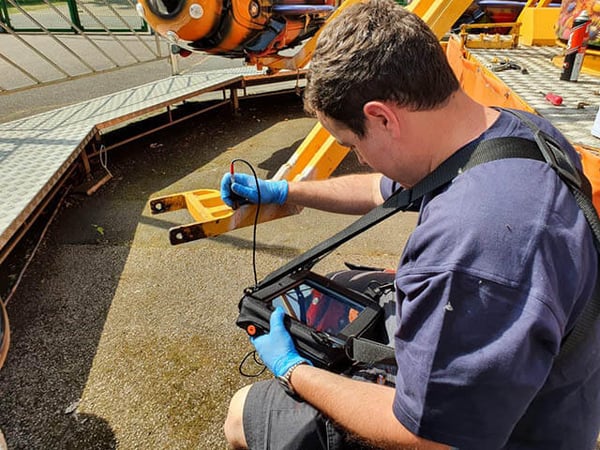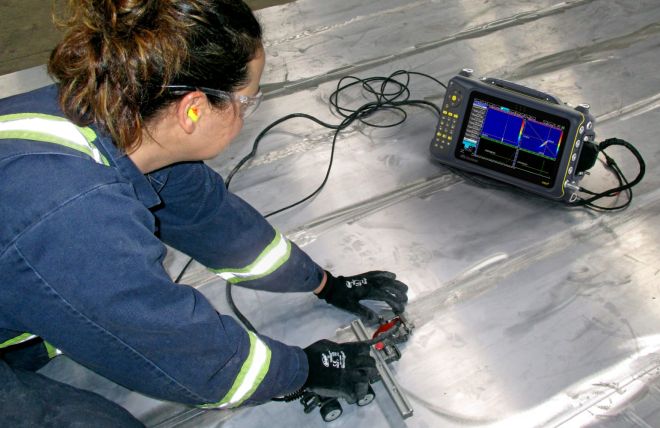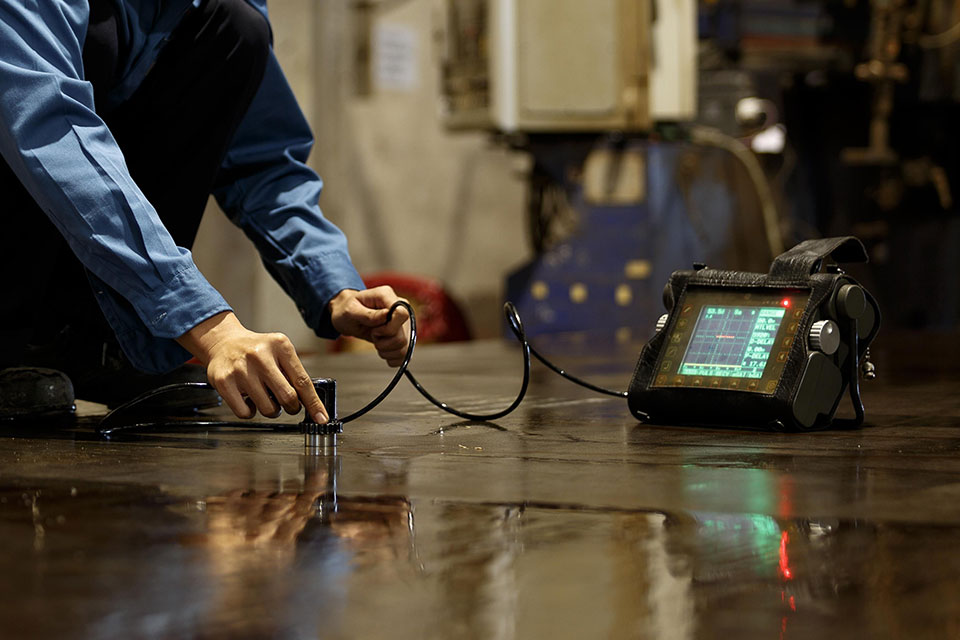The rise of automation in various industries has brought about significant advancements, especially in the realm of quality assurance. However, with these advancements come several challenges of synchronization in automated inspection. Understanding these challenges is crucial for industry professionals aiming to enhance the efficiency and reliability of their inspection processes.
In automated inspection systems, synchronization is key. It ensures that each component of the system works harmoniously, reducing errors and increasing throughput. Yet, achieving this synchronization can be complex, due to a variety of factors. Let’s delve deeper into these challenges and explore potential solutions.

Understanding Automated Inspection Systems
Automated inspection systems are designed to enhance the quality control process by utilizing technology to perform inspections with minimal human intervention. These systems are used across various industries, including manufacturing and healthcare, to ensure products meet specified standards.
The Role of Synchronization
Synchronization in automated systems refers to the coordination of different components to achieve seamless operation. This is particularly important in inspection systems, where the timing of each part must be precise to ensure accuracy.
Key Challenges in Synchronization
1. Timing Discrepancies
One of the primary challenges is managing timing discrepancies between various system components. These discrepancies can lead to errors in inspection results, affecting the overall quality of the product.
2. Data Integration Issues
Automated inspection systems rely heavily on data from various sources. Integrating this data in a synchronized manner is challenging, as it requires compatible formats and real-time processing capabilities.
3. Hardware and Software Compatibility
Another challenge is ensuring compatibility between different hardware and software components within the system. Incompatibilities can disrupt synchronization and lead to system failures.
4. Network Latencies
Network latencies can significantly impact the synchronization of automated inspection systems. Delays in data transmission can cause errors in inspection timing and affect the accuracy of results.
5. Environmental Factors
Environmental factors such as temperature and humidity can influence the performance of inspection systems, making synchronization more challenging.
Strategies to Overcome Synchronization Challenges
1. Implementing Advanced Control Systems
Advanced control systems can help manage timing discrepancies by providing more precise control over system components. These systems can dynamically adjust their operations to maintain synchronization.
2. Enhancing Data Integration Processes
Improving data integration processes is essential to ensure that data from various sources is synchronized. This can be achieved by adopting standardized data formats and using real-time processing technologies.
3. Ensuring Compatibility
Ensuring compatibility between hardware and software components is crucial. Regular updates and maintenance can help achieve this, ensuring that all parts of the system work seamlessly together.
4. Reducing Network Latencies
Investing in high-speed networks and reliable communication systems can help reduce network latencies, ensuring that data is transmitted promptly and accurately.
5. Adapting to Environmental Factors
To mitigate the effects of environmental factors, inspection systems can be equipped with sensors that monitor conditions such as temperature and humidity, allowing for timely adjustments.
Future Trends in Automated Inspection
The future of automated inspection looks promising, with advancements in artificial intelligence and machine learning offering new solutions to synchronization challenges. These technologies can enhance the adaptability and accuracy of inspection systems, paving the way for more reliable and efficient quality control processes.
Integration of AI and Machine Learning
AI and machine learning can improve synchronization by enabling systems to learn from past operations and adjust accordingly. This adaptability can significantly enhance the performance of automated inspection systems.
For more insights on how AI is transforming HVAC systems, check out HVAC Energy Usage Patterns Analyzed by AI.
Conclusion
While the challenges of synchronization in automated inspection are significant, they are not insurmountable. By understanding these challenges and implementing effective strategies, industry professionals can enhance the performance and reliability of their inspection systems. The integration of advanced technologies such as AI and machine learning further promises to revolutionize the field, offering new solutions to traditional challenges.

Frequently Asked Questions
1. What are the main challenges in synchronizing automated inspection systems?
The primary challenges include timing discrepancies, data integration issues, hardware and software compatibility, network latencies, and environmental factors.
2. How can synchronization be improved in automated inspection systems?
Synchronization can be improved by implementing advanced control systems, enhancing data integration processes, ensuring hardware and software compatibility, reducing network latencies, and adapting to environmental factors.
3. What role does AI play in automated inspection?
AI plays a crucial role in enhancing the synchronization of automated inspection systems by enabling them to learn from past operations and adjust accordingly. This adaptability can significantly improve system performance.
For more information on inspection schedules, check out this inspection frequency schedule.
This article contains affiliate links. We may earn a commission at no extra cost to you.
